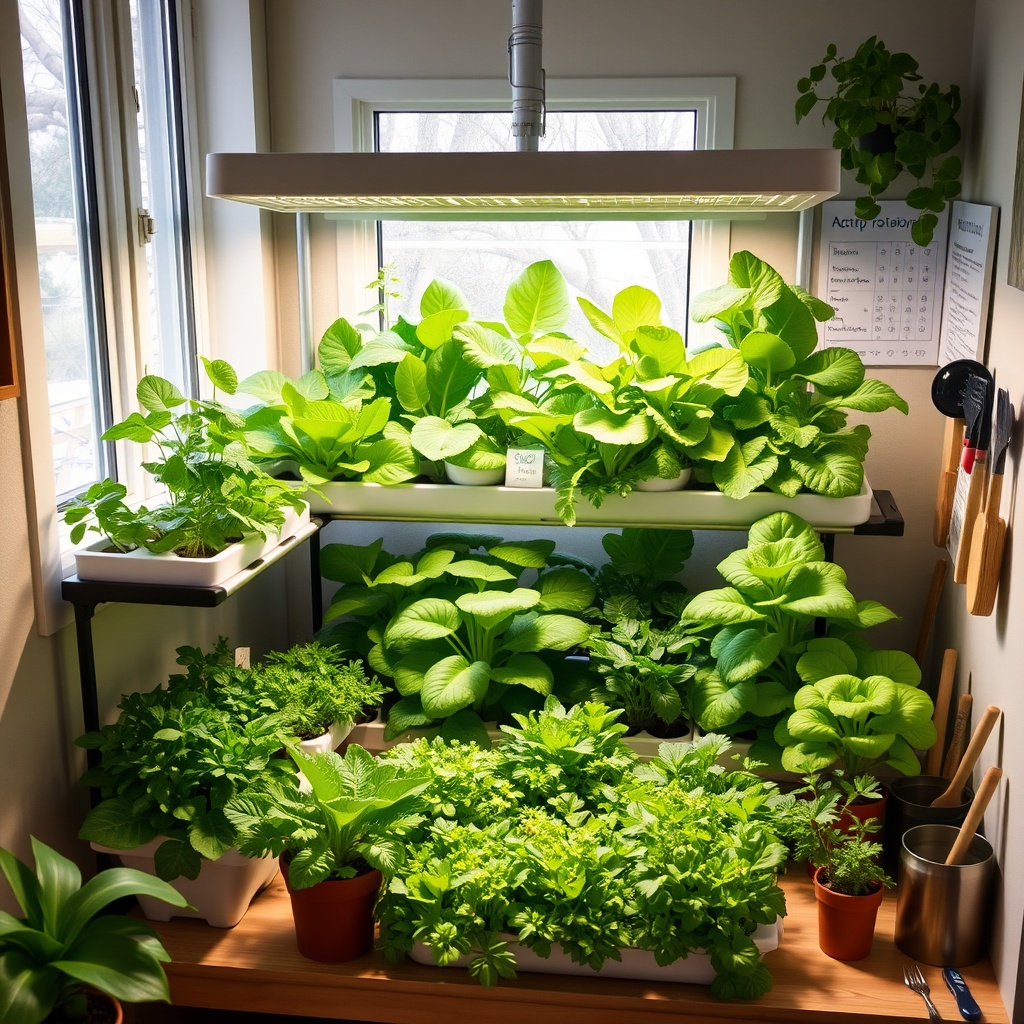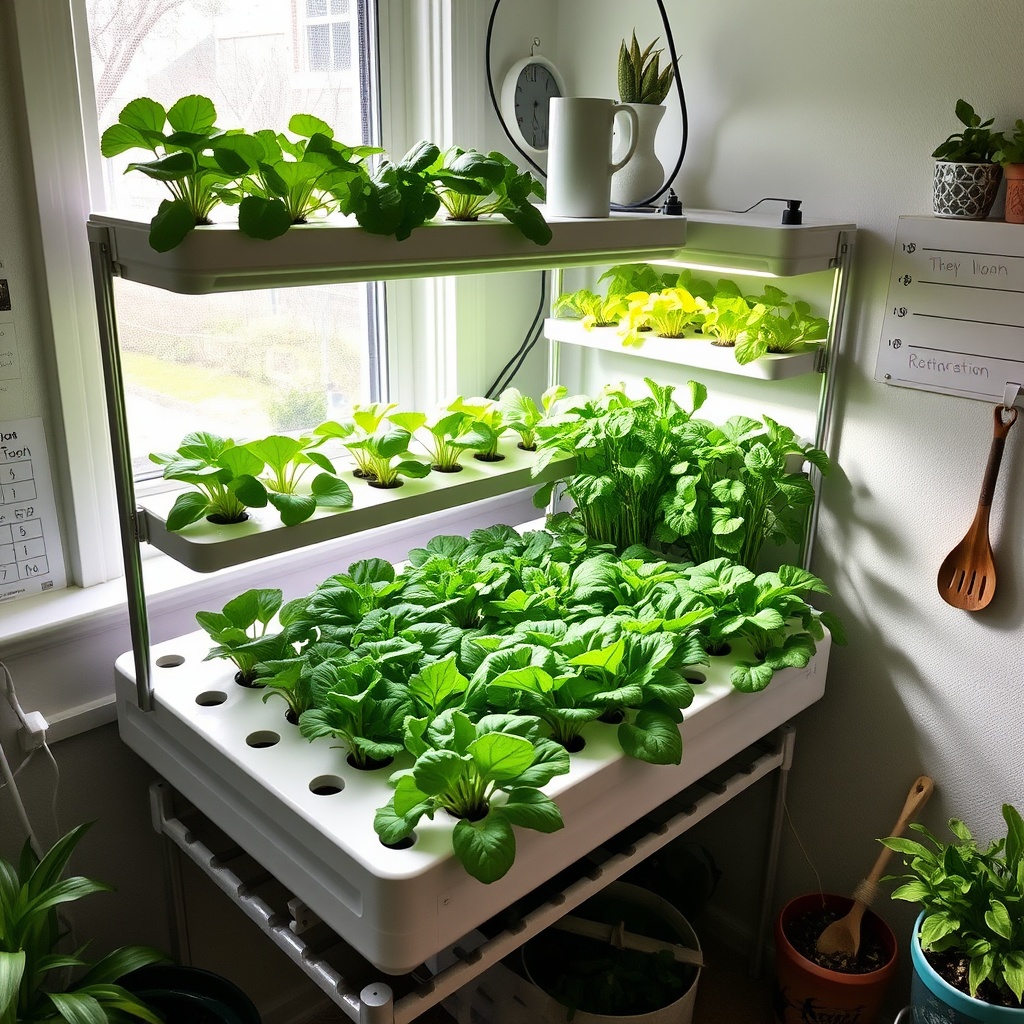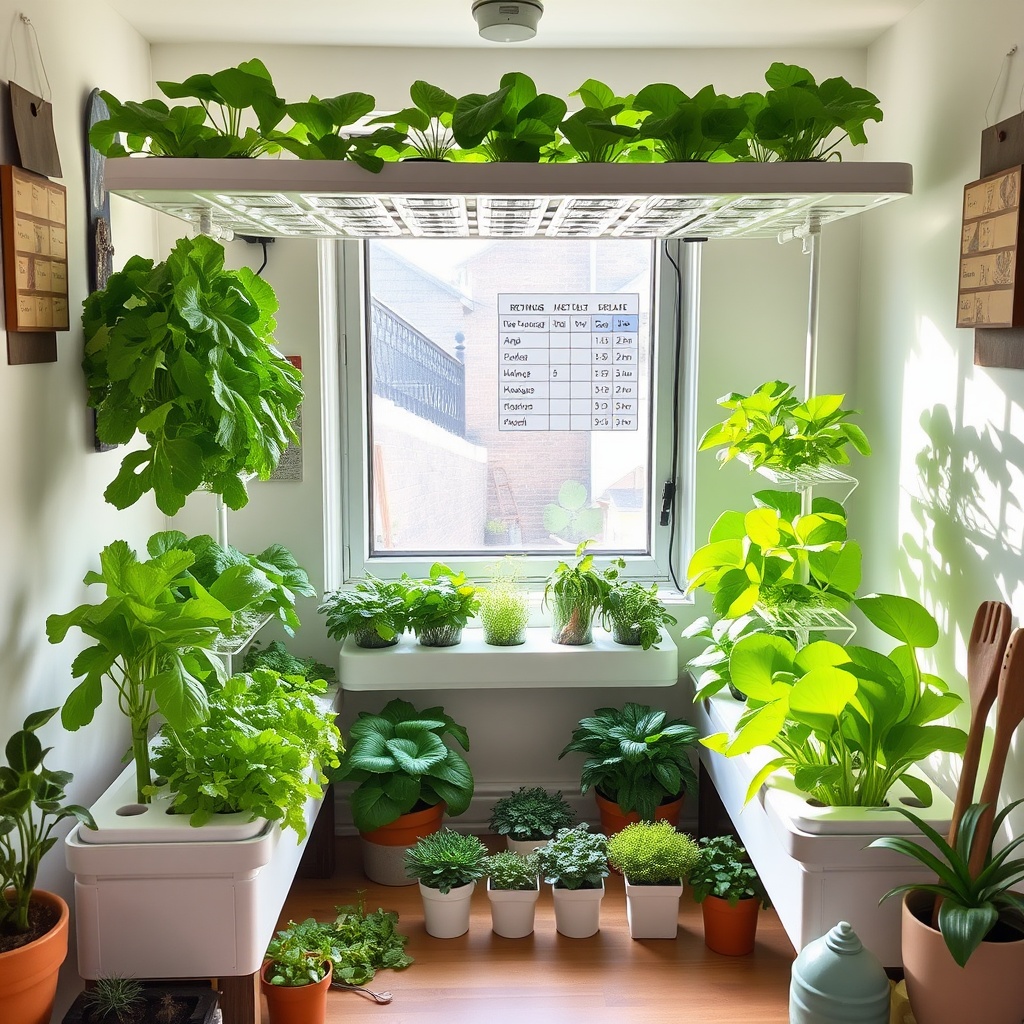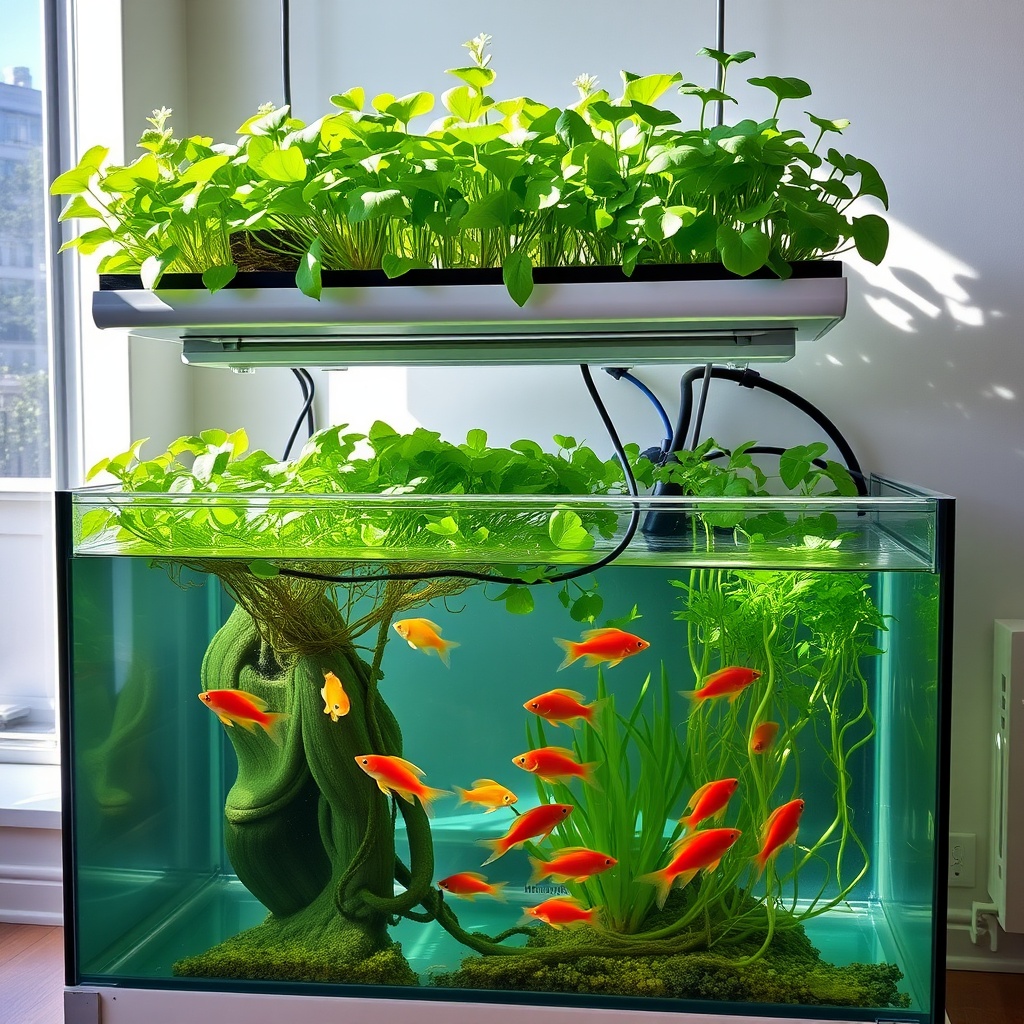Understanding Crop Rotation

Imagine a world where your home hydroponic garden flourishes with vibrant plants, bursting with flavor and nutrients. Crop rotation is a time-honored agricultural practice that allows you to harness the full potential of your hydroponic system. By alternating the types of crops you grow, you can enhance soil health, deter pests, and maximize yields. In hydroponics, where soil is absent, the principle remains: rotating crops can prevent nutrient depletion and promote a balanced ecosystem.
Benefits of Crop Rotation in Hydroponics

Incorporating crop rotation into your hydroponic setup brings a plethora of advantages, ensuring that your plants not only survive but thrive. By rotating crops, you can:
- Enhance Nutrient Uptake: Different plants absorb various nutrients, preventing any single nutrient from being depleted.
- Reduce Pest and Disease Pressure: Changing plants disrupts the life cycles of pests and pathogens that favor specific crops.
- Improve Biodiversity: A diverse array of plants contributes to a more resilient hydroponic ecosystem.
Steps to Implement Crop Rotation
Ready to transform your hydroponic garden? Here’s a straightforward guide to implementing crop rotation in your home system:
- Step 1: Plan your crop schedule by selecting a variety of plants that complement each other.
- Step 2: Monitor the growth stages of your crops to determine the optimal time for rotation.
- Step 3: After harvesting, clean your hydroponic system to remove any remaining roots or debris.
- Step 4: Introduce the new crop, ensuring it differs in nutrient requirements from the previous one.
- Step 5: Track the health and growth of your plants to assess the effectiveness of your rotation.
By following these steps, you can create a dynamic and productive hydroponic garden that not only meets your culinary needs but also contributes to a sustainable growing environment.




